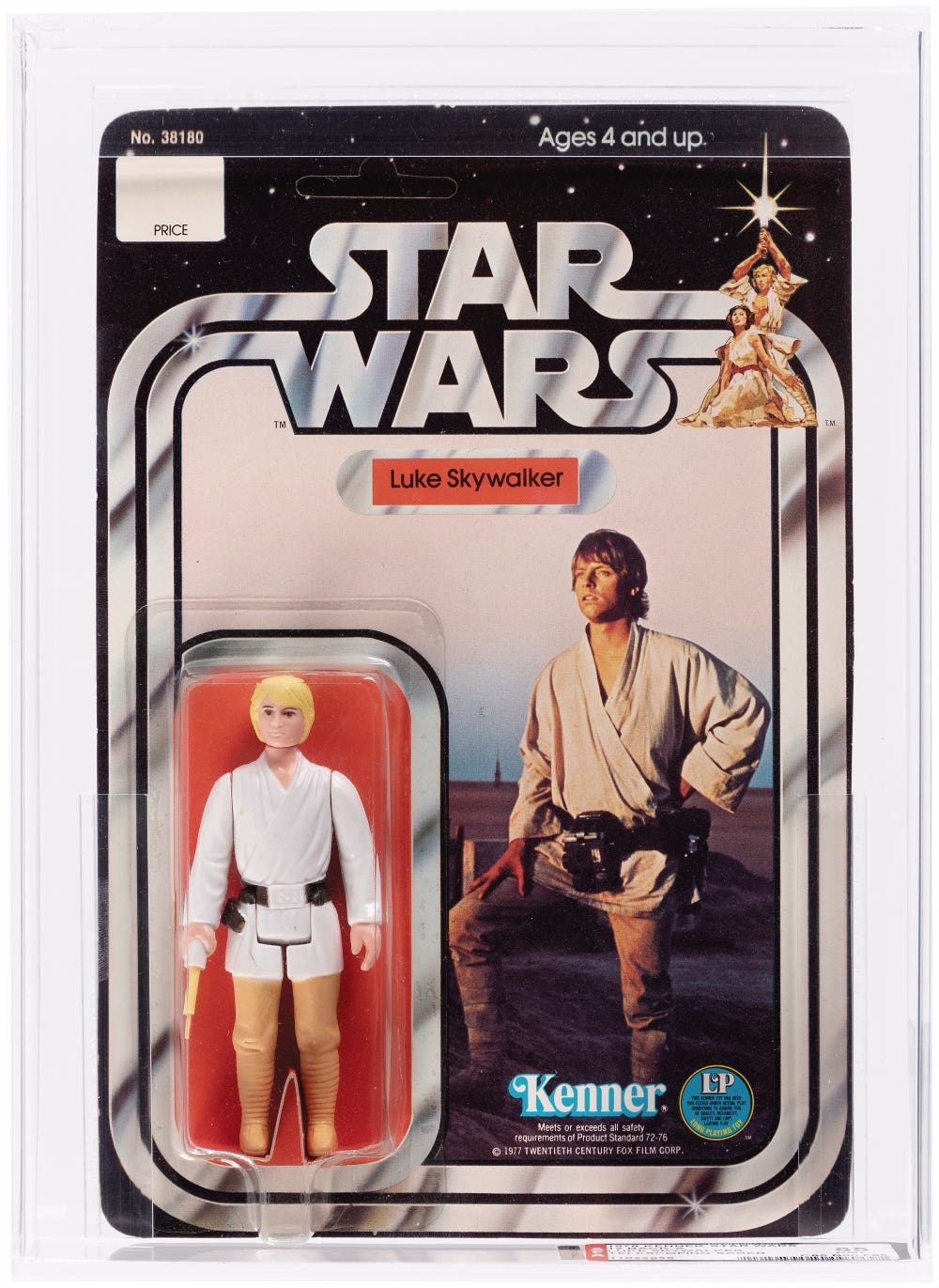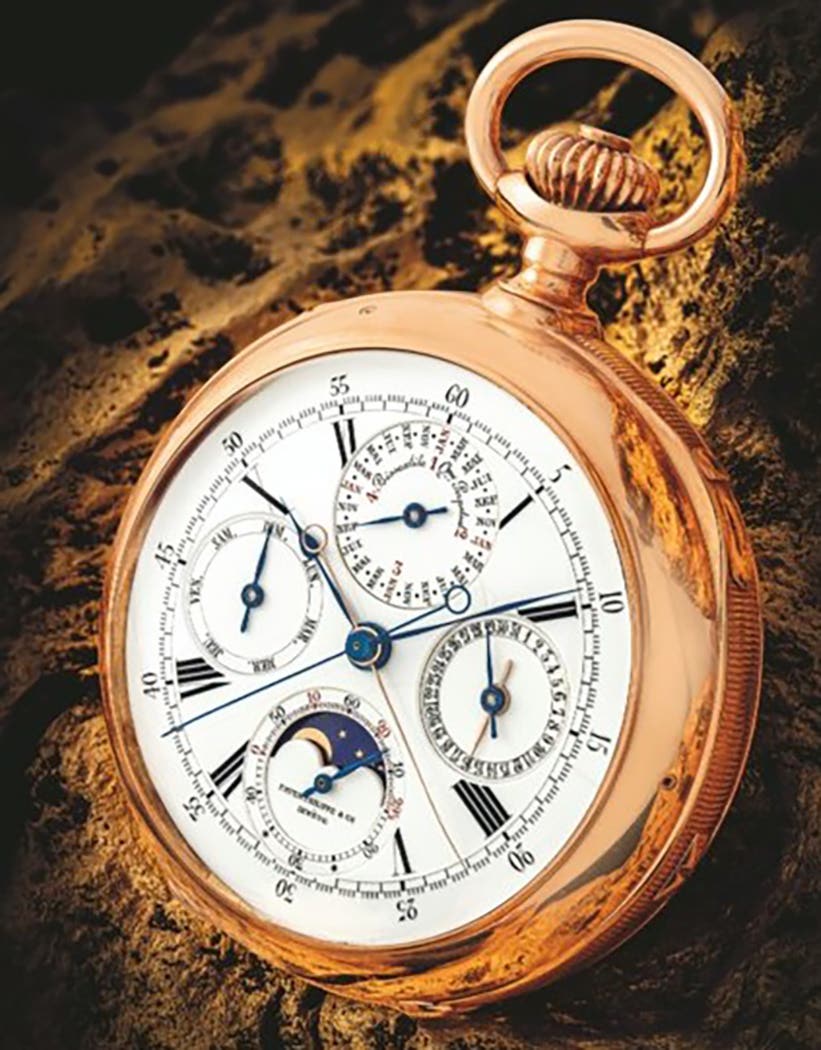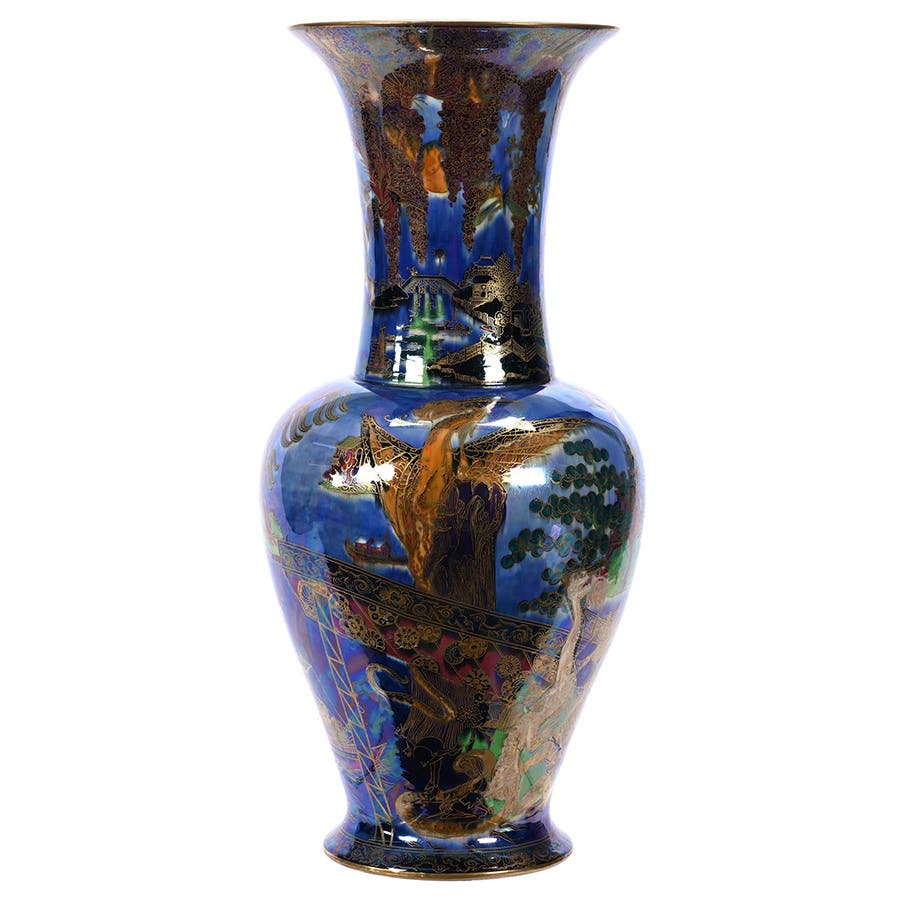Pioneering Fashion Designer Ann Lowe
Once unknown, the fashion force who designed Jacqueline Kennedy’s wedding dress is now hailed as a pioneering African-American couturier.
She designed Jacqueline Kennedy’s iconic wedding dress and numerous other beautiful gowns for high-society women and debutantes, yet fashion designer Ann Lowe remained widely unknown for most of her life.
It’s only been in recent years that she has gotten her due and is no longer “society’s best kept secret.” Lowe is now recognized as a pioneering African-American couturier, and her pieces are preserved in renowned museum collections including the Smithsonian National Museum of African American History and Culture, the Metropolitan Museum of Art, the Museum of the City of New York, and The Museum at FIT.
Lowe was born in 1898 in Clayton, Alabama, into a lineage of seamstresses who had established their own dressmaking business in Montgomery, Alabama. Her grandmother was a formerly enslaved dressmaker, and her mother specialized in embroidery. When Lowe was sixteen, her mother passed away suddenly, and she had to finish her last job — creating four ball gowns for the First Lady of Alabama, Lizzie Kirkland O'Neal. Lowe’s dresses were a hit and established her as the new head of the family business.
Her husband at the time did not support her passion to work, however, so she left him and moved to Florida with her son, becoming a live-in dressmaker for a socialite for ten years. In 1917, she traveled to New York City to attend sewing courses. With racial segregation the common practice, Lowe was separated from the other students and had her own space where she worked, but her work was so exceptional that she was used as an example, according to Nancy Davis, curator emeritus at the National Museum of American History.
Lowe moved to New York City permanently in 1928 and became famous among the wealthy American elite for her beautifully embroidered and hand-stitched one-of-a-kind gowns made of fine fabric and often with floral motifs. She specialized in debutante gowns, and pleased clients would return to her for their wedding dresses.
If a gown featured embellishments, Lowe insisted on a labor-intensive technique that required each sequin or bead to be applied individually, rather than strung on a long thread, so as to preserve the integrity of the gown and prevent substantial bead loss. No detail was spared in their creation — from the fine fabrics she used, down to the seams that were always finished with lace.
During her career, Lowe had her own label and a store on 5th Avenue, and also worked for designer Hattie Carnegie. Her dresses were sold in Neiman Marcus, Henri Bendel, and Saks Fifth Avenue. At Saks, Lowe was the head designer of The Adam Room, a special in-house boutique that catered to the social elite and it was there that Polly Carver Duxbury ordered one of her dresses for her debutante gown.
"The quality of this dress? Unbelievable," said Davis. "All the seams are lined with lace. There's an amazingly complex interior structure that the dress is built around — the slip and bra are built in. According to Polly Duxbury, the fit is absolutely glorious — it's like your skin. The slip has tulle along the hem, which gives it shape. This kind of really detailed, really high-end work is very time-intensive."
According to the National Museum of American History, Duxbury wrote of the dress that she wore to her 1967 debutante ball: "I was 17 years old at the time and the dress made me feel so grown up and beautiful. It is in my mind the most beautiful dress I have ever seen."
Looking at the interior of the dress gives a better understanding as to why Lowe was so sought-after, and why she struggled financially. "Everything is so perfect — and she didn't charge enough for the cost of the fabrics or the handwork that went into them," Davis said. "Sewing was her lifeblood. It was her gift, but also her being. She just wanted to sew. She just wanted to make beautiful dresses that gave her clients joy."
Indeed, Lowe told a reporter for the Saturday Evening Post in 1964, "I like for my dresses to be admired. I like to hear about it — the oohs and ahs as they come into the ballroom. Like when someone tells me, 'The Ann Lowe dresses were doing all the dancing at the cotillion last night.' That's what I like to hear."
Lowe unfortunately did not always get credit for her work. In what should have been a big boost for her, she made the dress that Olivia De Havilland wore to the 1947 Academy Awards, where she won Best Actress for the film, To Each His Own. The strapless, powder blue dress made with layers of delicate tulle is a quintessential Ann Lowe design, with its vibrant, hand-painted and sequined embellished floral embroidery, but Lowe’s name was not on the label because she had designed it for the department store Chez Sonia as a side job and never got credit for it.
In 1950, Lowe opened Ann Lowe's Gowns, a boutique in Harlem, and then became the first African American to have a business (Ann Lowe's Originals) on the ritzy Madison Avenue in 1968. She was a society smash, making dresses for du Ponts, Roosevelts, Rockefellers, Whitneys, Posts, Bouviers and Auchinclosses. Her gowns became the mark of high society, as Lowe restricted her clientele to wealthy white women. She famously told Ebony Magazine in 1966: “I love my clothes and I'm particular about who wears them. I am not interested in sewing for cafe society or social climbers. I do not cater to Mary and Sue. I sew for the families of the Social Register.”
In 1953, she was chosen to create her most famous dress: the gown Jacqueline Bouvier wore for her wedding to senator John F. Kennedy. She also made the dresses for the bridesmaids and bride’s mother. By that point, Lowe had been working with the Bouviers for years.
About 10 days before the wedding, Lowe's workroom flooded, ruining 10 of the 15 gowns, including the wedding dress. Lowe and her staff worked around the clock to remake the dresses. The wedding gown originally took eight weeks to make — it was duplicated in five days. After repurchasing all the fine fabric, and working day and night, Lowe's projected $700 profit on the job was actually a $2,200 loss. She never told the family.
The wedding gown, with a portrait neckline, was made of 50 yards of ivory silk taffeta, and interwoven bands of fabric formed the figure-hugging bodice while the voluminous skirt was decorated with rows of ruffles and concentric circles. Speaking to Lowe's attention to detail, she embellished the skirt with tiny, hidden wax flowers throughout. The gown received much publicity, but the press did not credit Lowe at the time, only referring to her as “a colored dressmaker.”
"That dress she made for Jackie Kennedy was widely photographed. A lot of people saw it and it no doubt influenced average American wedding dresses and ball gowns," Museum at FIT curator Elizabeth Way told CNN. "The fact that (the dress) came from the creativity of a Black woman really speaks to how instrumental Black people have been in shaping American culture."
Lowe’s name was barely known outside of those elite circles, with a 1966 Saturday Evening Post article calling her “Society’s Best Kept Secret.” Being that secret did not properly compensate Lowe, who could barely break even on the gowns she made.
"Too late, I realized that dresses I sold for $300 were costing me $450," Lowe once noted. Upon the death of her son and business partner in 1958, she had difficulty making ends meet, ultimately declaring bankruptcy in 1962. An anonymous benefactor, thought to be Jacqueline Kennedy Onassis, paid off the debt Lowe had incurred from medical and business expenses.
Lowe died in 1981 at the age of 82. Despite her troubles, she made her mark and lived a life full of creation and beauty. “All the pleasure I have had, I owe to my sewing,” Lowe told Ebony in 1966.
Long after her death, the name Ann Lowe meant little outside of fashion history circles, but in recent years, interest in her and her work has been growing. Her designs have been exhibited at the National Museum of African American History and Culture, and as part of FIT's 2017 exhibition, "Black Fashion Designers." Both a biography and children's book have also been published, and professor and author Piper Huguley is writing a yet-titled Ann Lowe novel that will be published by William Morrow in winter 2022.
"With all the political movements happening right now, that have been building over the last century, people are interested in the history of Black artists and Black creatives in so many industries, and it's great to know that (Black people's participation in fashion) didn't start in the beginning of the 2000s," Way told CNN.








